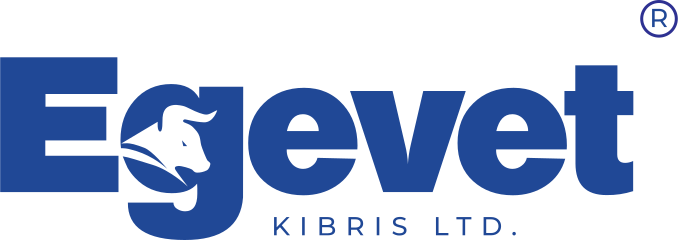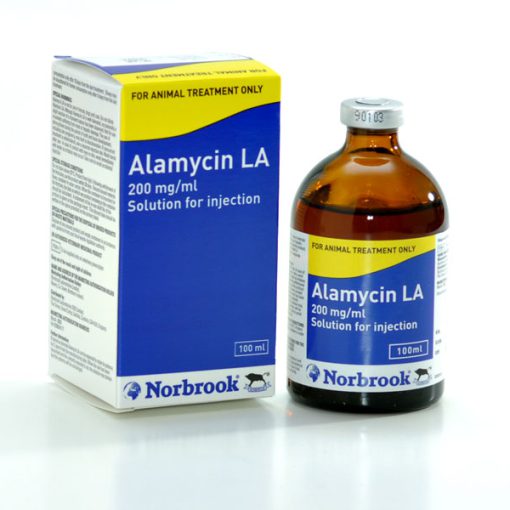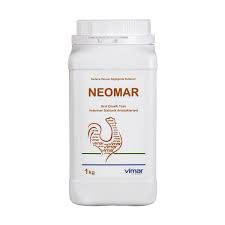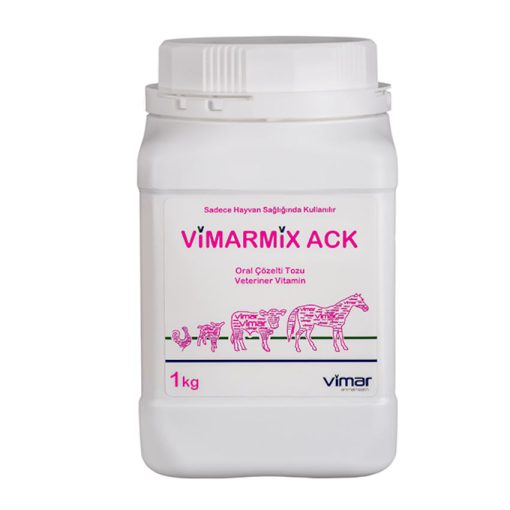Can only be used in animal health
CALSAFE
INJECTABLE SOLUTION
Mineral
COMPONENTS
CALSAFE Solution for Injection is an almost colorless, clear solution and in 1 ml of solution;
| Calcium Gluconate | 450 mg |
| Calcium Gluconactobionate | 20 mg |
| Calcium Acetate | 37 mg |
| Magnesium Hypophosphite | 30 mg |
| Boric Acid | 90 mg |
PHARMACOLOGICAL PROPERTIES
CALSAFE Injectable Solution is prepared as a balanced combination of calcium, magnesium and phosphorus and is a solution used in the treatment and protection of diseases that develop due to the deficiency of relevant minerals in all pets. Calcium and magnesium; It has important electrolyte functions, especially in the acid-base buffer system. 99% of calcium and 70% of phosphorus are stored in bones. In addition to its role in stability in the structure of bone, calcium also has functions such as osmoregulation, muscle contraction, blood coagulation, ATP activation, and neural stimulation. In addition to being an active component in bone structure, calcium affects the colloidal states of proteins. It reduces the permeability of blood vessels by reducing the dispersion of proteins.
Lack of calcium ions in tissue fluids can increase the activity of nerve ganglia, leading to tetanic conditions. Calcium stimulates the activities of the heart and vessels when administered intravenously. It increases adrenaline secretion by stimulating the sympathetic nervous system. Magnesium, as a coenzyme, takes part in phosphorus and carbohydrate metabolism and activates many enzyme systems. It is responsible for calming CNS stimulation and increasing the arousal threshold. Phosphorus is a building block element of nucleoproteins and phospholipids and has a regulatory effect on acute and chronic metabolic abnormalities and reproductive activities due to its effect on intermediate metabolism. It is necessary for the growth and maintenance of healthy bones and teeth.
Boric acid is responsible for the formation of the borogluconic complex and increases the solubility of Ca ions when administered intravenously.
AREA OF USE/INDICATIONS
CALSAFE Injectable Solution is used in horses, cattle, sheep and goats; It is indicated for the treatment and prevention of diseases related to calcium, phosphorus and magnesium deficiencies.
- Milk fever (Paresis Puerperalis) in cows, lactation tetany in mares.
- Transit tetany in pregnant cows, prenatal barn tetany in cows, meadow tetany in cattle.
- Rickets, osteoporosis (osteomalacia) in dairy cows, lameness (degenerative osteoarthrosis) in beef calves, bone and joint disorders
- Accelerating the healing of broken bones; Bone diseases due to fluoride poisoning.
- Food indigestion.
- As a supportive treatment in cases of weakness and looseness of the muscles (paresis), paralysis of the hindquarters (paraplegia) and other diseases that make it difficult for the animal to stand up.
- Bloody diarrhea events, injuries, internal bleeding events; As a supportive treatment for blood urination disease (heamaturia vesicalis bovis), epistaxis and bleeding diseases in cattle.
- As a supplement to the main treatment in lead, fluoride or oxalic acid poisoning.
USAGE AND DOSAGE
Unless it is advised otherwise by the Veterinarian;
Horse and Cattle 80 – 100 ml
Sheep and goat 15 – 25 ml
CALSAFE Solution for Injection; It can be administered intravenously, intramuscularly and subcutaneously. However, intravenous injections must be done slowly. Follow asepsis and antisepsis during application.
For intramuscular and subcutaneous applications, it is recommended to divide the dose and inject it into 3-4 separate points.
SIGNIFICANT CLINICAL FACTS AND WARNINGS FOR TARGET SPECIES
Before intravenous administration, the solution should be given slowly after being brought to body temperature and stopped if any side effects occur. When administered rapidly, it may cause cardiac arrhythmia, collapse and shock in severely toxemic animals. The onset of tremors in the superficial muscles, warming of the ears, and sweating of the breast indicate that the calcium administered is sufficient for the moment, and intravenous drug administration is stopped immediately. If necessary, some medication is administered intramuscularly as a maintenance dose. Lactating animals should not be milked for 12 hours following treatment for milk fever. It should be administered with caution in animals with heart or kidney disease.
Use during pregnancy: CALSAFE Solution for Injection is safe during pregnancy and lactation if the instructions for use are followed.
UNDESIRED / SIDE EFFECTS
Following intravenous calcium administration, cardiac irregularity, bradycardia, heart block, nausea or vomiting, and injection site reaction may occur. However, such side effects are very rare in intramuscular and subcutaneous applications.
DRUG INTERACTIONS
Incompatible with neuromuscular blockers, carbonates or bicarbonates, tetracyclines, phosphates, sulfates and tartrates. Concurrent administration with calcium and vitamin D analogues may cause hypercalcemia.
SYMPTOMS, PRECAUTIONS AND ANTIDOTE IN OVERDOSE
Like all other calcium preparations, improper administration and excessively high doses may cause arrhythmia and blockade in the heart. Atropine sulfate can be used to correct these.
WARNINGS ABOUT DRUG RESIDUES IN FOOD
Drug residue elimination period (i.k.a.s): “0” days for meat and milk.
CONTRAINDICATIONS
It should not be used intravenously in ketosis and puerperal liver coma. It should not be used in cases of hypercalcemia, hypercalciuria and heart failure.
GENERAL WARNINGS
Consult your veterinarian before use and if any unexpected effects occur. Keep it out of reach of children.
STORAGE CONDITIONS AND SHELF LIFE
When stored away from light between 15-25°C, the shelf life is 3 years for 100 ml and 2 years for 250 ml from the production date.
COMMERCIAL PRESENTATION
It is offered for sale in 100 ml and 250 ml colorless glass bottles in cardboard boxes.
SALES LOCATION AND CONDITIONS
It is sold in pharmacies and veterinary offices with a veterinarian’s prescription (VHR).




